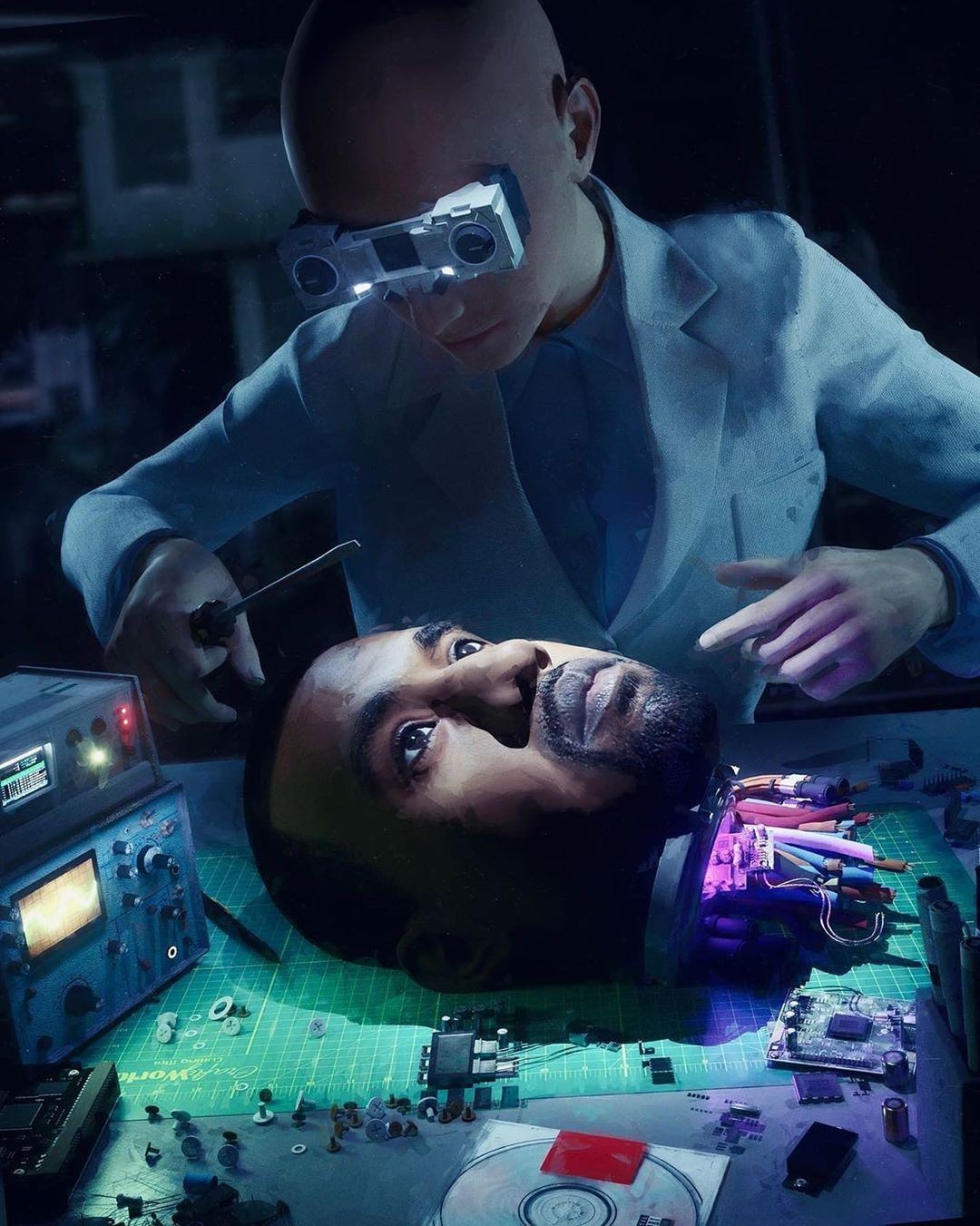
Rethinking the VFX Pipeline: From Keyframes to Cognition
The traditional VFX pipeline—linear, asset-heavy, and deeply manual—is reaching its inflection point. With AI, procedural logic, and real-time rendering, we’re not just optimizing workflows—we’re redesigning them.
Legacy Meets Latency: Why the Old Pipeline Breaks
Classic VFX architecture was built for control and fidelity. But in a world of iterative storytelling, interactive previews, and massive content demands, it shows its cracks:
- Shot-Based Thinking limits fluid iteration.
- Manual Asset Assembly slows down prototyping and late-stage changes.
- Render Farm Bottlenecks prevent fast lookdev and feedback loops.
The fix isn’t just faster tools—it’s smarter, composable systems.
What I’m Building: Procedural, Generative, Real-Time
My focus is on modular AI-native VFX infrastructure, combining Houdini’s proceduralism, NVIDIA’s Omniverse & USD, and generative models that plug into creative context.
Core Shifts
- Prompt-Based Scene Assembly: Sketch a scene in language, instantiate assets, cameras, and lights procedurally.
- USD as the Backbone: Scene description, not scene baking. Everything is editable, automatable, inspectable.
- AI-Assisted Lookdev: Diffusion and vision-language models enhance concepting, not replace craft.
“A good pipeline doesn’t just deliver shots. It enables ideas to evolve faster than they break.”
My Stack for Next-Gen Cinematics
- 3D Layout: Omniverse + USD Composer for live previews and layout logic
- Procedural Control: Houdini Indie for simulation, instancing, and control maps
- Rendering: Hybrid pipeline — real-time previews with AI upscaling + traditional final frame render passes
- AI Components: Stable Diffusion for concepts, GPT for toolchain integration, motion synthesis via Runway or custom graph editors
- Metadata Layer: Model Context Protocol (MCP) to track every influence and decision in the pipeline
Why It Matters
Studios want more content, faster. Creatives want more freedom, earlier. Executives want repeatable pipelines with traceable output. My goal is to unify these needs into one programmable, human-readable backbone that adapts as fast as the brief changes.
Use Cases Already in Motion
- Fashion & Beauty Promos: Auto-assembled 3D product stages with branded cinematic lighting presets
- FMCG Ads: Prompt-to-packshot workflows using curated asset libraries
- Motion Studies: Controlled animation variants via node-driven motion graphs, not rigid keyframe timelines
Open Horizons
- What if shot variation was as simple as prompt editing?
- Can we unify creative direction, asset reuse, and QA inside one render graph?
- What’s the role of simulation when AI can hallucinate—but not simulate?
Final Word
The future of VFX isn’t just in pixels. It’s in pipelines that think, iterate, and collaborate—with humans in the loop and AI in the system.